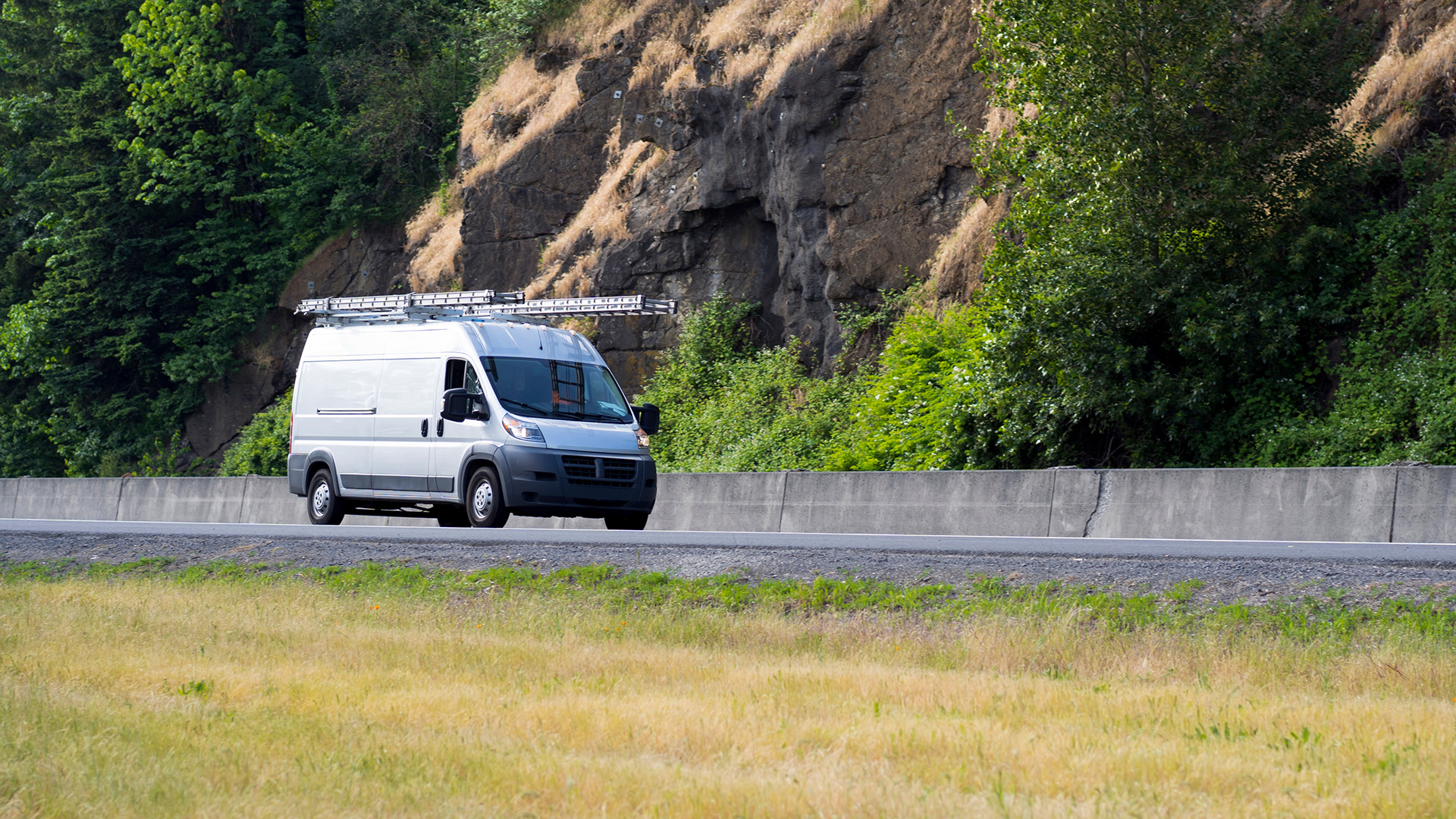Telematics best practices for government fleet: State of Utah
The State of Utah Division of Fleet Operations recently completed a successful one-year telematics pilot program with Geotab. Read about the results.


The State of Utah Division of Fleet Operations recently completed a successful one-year telematics pilot program with Geotab, showcasing the value of government fleet telematics. Initial results showed a number of quantitative and qualitative benefits in the areas of fuel, maintenance, accidents and utilization.
The State has found that the Geotab telematics platform “more than pays for itself.” The State of Utah gains approximately $2.05 per vehicle per month additional savings above the cost of the program, according to a University of Utah analysis. Additional benefits for agencies included streamlined reporting and billing through telematics-integrated driver ID fobs and safety for remote workers.
Based on the study of 1,091 fleet vehicles from the four pilot agencies (Departments of Administrative Services (DAS), Alcoholic Beverage Control (DABC), Human Services (DHS), Corrections), the State of Utah generated a summary of savings values based on monthly and annual analyses, excluding utilization savings. See table below.
Table 1. State of Utah Telematics Pilot Program Savings Summary (with telematics in 25% of fleet)

For an overview of the State of Utah telematics pilot, read the full white paper.
Learning What Works: Insights from State of Utah Division of Fleet Operations
State of Utah’s Fleet Director Jeff Mottishaw and Eric Gardner, Motor Pool Manager generously shared their insights on the pilot process and best practices for government fleet telematics roll out.
Take a Personalized and Collaborative Approach
With good reason, the State of Utah chose to roll out telematics to a variety of agencies across the state at one time. However, this posed challenges when it came to logistics, installation, training and enforcing policies—which, in turn, delayed realization of potential savings. They have learned from this and now have a process for rolling out the new technology. First, they sit down with the local department’s leadership and come up with basic rules, assist with communication and scheduling, carry out training in phases and then come back later and build on the training. Mottishaw says this more personalized approach to each department eases resistance and helps them start seeing results more quickly.
Establish Rules Up Front
For government fleets considering telematics, Mottishaw advises establishing some general rules up front, allowing for localized interpretation and internal policies that will be consistent with each department’s mission. “It’s hard to conceptualize what policy will be needed down the path,” says Mottishaw, “so you can’t finalize it until you’re using it.”
Work with Local Leaders
He also says it works best when Fleet Operations comes alongside local leadership and explains how telematics will help carry out the department’s mission, and those leaders in turn relay it to their own staff. “It’s going to take them a while to digest everything that’s happening,” says Mottishaw. Gardner emphasizes the importance of assuring drivers that fleet tracking isn’t being implemented as a “Big Brother” program, but as something that will help them carry out their jobs better and improve operations.
Schedule Regular Follow-Up Meetings
Fleet Operations conduct follow-ups every few months which they call “optimization meetings.” They extract the latest data for the local department, put together a presentation summarizing the results and sit down with internal admin to assess the data and how to adjust goals. Even though specific metrics vary among agencies, best practices remain similar; so they are able to take what they learn from one department to assist other departments.
See also: What is telematics?
Conclusion
Based on current savings, the State of Utah has extended the program for an additional 12 months. It is still very early in the telematics program, but we expect the savings to continue to grow over 2019 and beyond.
As participating state agencies move forward on publishing and enforcing internal policies regarding telematics rule thresholds, combined with proactive driver coaching and safety initiatives, the State of Utah hopes to realize the full value of the pilot program and further success.
Find more telematics best practices at geotab.com/government
Related:
How Detroit Built the World’s Smartest Intersection
Geotab Partners with City of Columbus for Smart Columbus Operating System Insights
Federal Fleet Manager Cybersecurity Considerations for Telematics
Subscribe to get industry tips and insights

Jean Pilon-Bignell uses a unique combination of technical and business experience to commercialize innovative connected-vehicle, IoT, and intelligent transportation solutions that maximize operating efficiency, safety and sustainability.
Table of Contents
Subscribe to get industry tips and insights
Related posts

Field service is losing money to bad data: Go beyond GPS with smarter telematics
June 27, 2025
3 minute read


Enhancing winter road maintenance with postseason materials usage analyses
June 20, 2025
6 minute read

Building a self-sustaining school bus driver safety program with Geotab Vitality
June 13, 2025
7 minute read

The impact of unproductive idling on police vehicle service life
June 10, 2025
3 minute read

Unlock field service ROI: Your practical guide to connected operations playbook
June 9, 2025
3 minute read